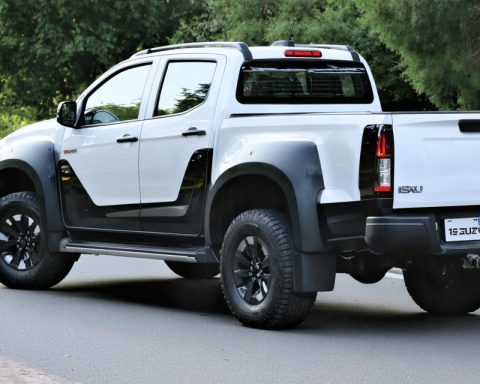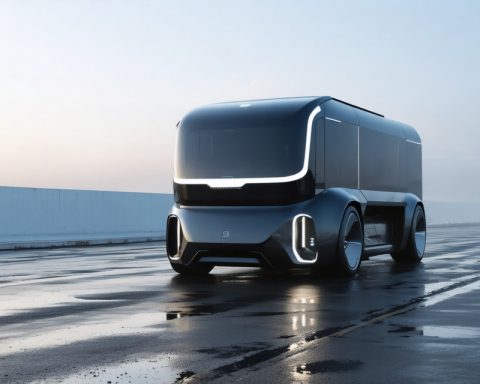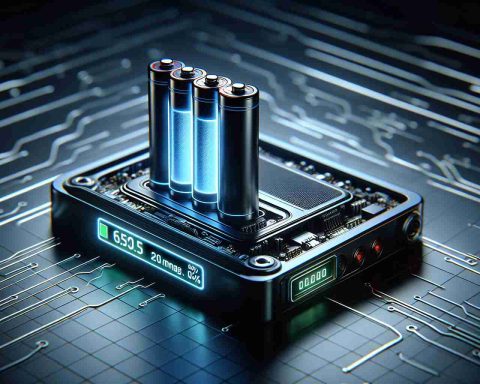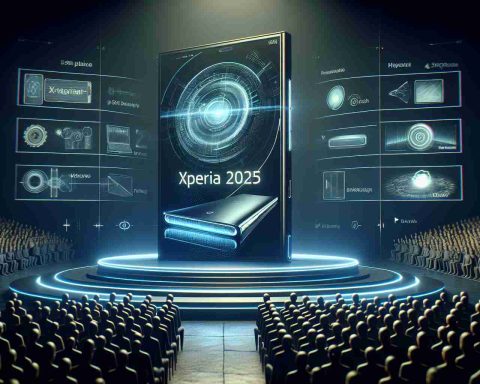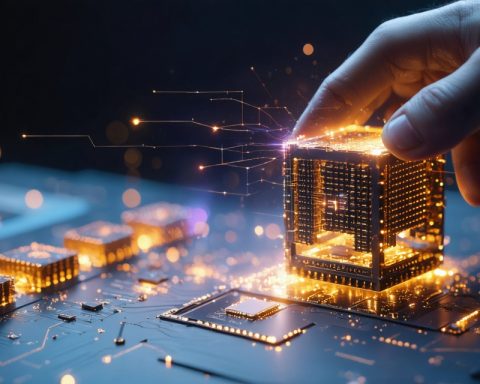- Nvidia and Huawei are key players in a global race for AI chip dominance, set against a backdrop of geopolitics involving the U.S. and China.
- Huawei is advancing its AI chip technology, partly in response to U.S. sanctions on exports of Nvidia’s advanced GPUs to China.
- U.S. policy has inadvertently encouraged Huawei to develop a self-sufficient AI chip ecosystem, potentially altering global market dynamics.
- Nvidia responded to sanctions by creating the China-targeted H20 chip, but demand halted due to further U.S. restrictions.
- The competition extends beyond technology sales, impacting AI innovation and ethical guidelines relevant to national security and leadership.
- The U.S. is urged to adopt proactive innovation strategies, local production, and international cooperation to maintain a competitive edge.
- The AI battleground now includes legislative and diplomatic arenas, influencing the future of global tech hierarchies.
In a world rapidly embracing the powerful capabilities of artificial intelligence, a quiet storm is brewing in the tech corridors of Beijing and Washington. At the heart of this dynamic shift are Nvidia and Huawei, two technology powerhouses racing for dominance in the AI chip sector. Recent developments have propelled this competition into a full-blown narrative of global technological supremacy, nuanced with geopolitical overtones.
Nvidia’s CEO, Jensen Huang, delivered a stark warning in a private meeting with U.S. lawmakers: China’s tech titan Huawei is accelerating its prowess in AI chip development. As Nvidia grapples with stringent export bans keeping its advanced GPUs out of reach for China, Huawei is stepping in to fill the gap, seemingly with the wind at its back.
U.S. policies aiming to keep advanced technology out of Chinese hands may have inadvertently spurred Huawei’s ambition. By focusing on the creation of its own AI chips, Huawei is crafting an ecosystem poised to rival that of Nvidia, especially if open-source AI models start aligning with Huawei hardware. Such a realignment could trigger a seismic shift in global hardware demand, unsettling markets once confidently led by Nvidia’s innovations.
Amidst these global chess moves, Nvidia swiftly adjusted to the initial sanctions by developing a China-friendly AI chip variant, the H20. Demand for this chip surged until it was halted by a crackdown under the Trump administration. This abrupt cessation presented Huawei with a golden opportunity to seize market share just as appetite for cost-effective AI solutions soared across the globe.
The stakes in this conflict go beyond mere technology sales. The contest is about defining who writes the playbook for AI innovation and its ethical guidelines, with profound implications for national security and economic leadership. To retain its edge, the U.S. must pivot from a reactive to a proactive strategy, embracing not only innovation but also a renewed commitment to local production and international collaboration.
Investors and industry giants alike should widen their gaze: the next wave of breakthroughs may not emerge from Silicon Valley but from policies shaped in the halls of Capitol Hill. The AI battleground is expanding beyond the confines of circuit boards and silicon into the realm of diplomacy and legislation, where the outcome could redefine global technological hierarchies.
As this narrative unfolds, one thing remains clear: the quest for AI supremacy is as much about chips as it is about the strategic maneuvers and bold policies that will determine the future of artificial intelligence around the world.
The AI Chip Showdown: How Nvidia and Huawei are Redefining Global Tech Power
The Current Landscape of AI Chip Development
In recent years, the AI chip industry has become the focal point of a geopolitical and technological rivalry primarily between the United States and China, encapsulated by the monumental clash between Nvidia and Huawei. This competition extends beyond mere market dominance, influencing international relations, economic policies, and technological futures.
How Huawei is Advancing AI Chip Technology
Huawei, leveraging its robust R&D capabilities, has intensified efforts to close the technological gap with Nvidia. The company has invested heavily in developing AI chips that are not only competitive but increasingly innovative. Huawei’s strategic partnerships with local Chinese tech firms and universities have enhanced its ability to advance machine learning techniques tailored specifically for its hardware, enhancing its standing in the global tech ecosystem.
Nvidia’s Strategic Response
Nvidia has responded to geopolitical tensions and export restrictions by creating specialized product lines, like the aforementioned H20 chip, designed to comply with U.S. regulations while partially meeting China’s demands. This strategy is a notable example of how companies can adapt to legislative pressures without entirely losing market access.
Controversies and Limitations
1. Export Controls: U.S. export restrictions on AI technologies have been a double-edged sword, potentially stalling Nvidia’s growth in China while inadvertently catalyzing Huawei’s development of native technologies.
2. Intellectual Property Concerns: There is growing scrutiny over intellectual property rights and ethical considerations as both companies race to outpace each other.
Potential Industry Trends
– Decentralization of AI Development: With increasing tensions, we may see a more decentralized AI development landscape as nations prioritize local innovation over global dependencies.
– Open-Source Collaborations: The AI community might witness increased open-source initiatives, encouraging collaboration across borders to maintain an innovative edge.
Real-World Use Cases
Huawei’s AI chips are increasingly finding applications in diverse fields, from telecommunications to healthcare, and autonomous driving. Meanwhile, Nvidia remains dominant in sectors like gaming, data centers, and professional visualization, offering advanced GPU technology for AI research.
Investor Insights
Investors should consider diversifying their portfolios to account for shifts in AI chip market shares. Monitoring legislative changes and technological advancements in both companies can inform strategic investments.
Actionable Recommendations
1. For Tech Enthusiasts: Stay informed on the latest AI developments by reading industry reports and following key announcements from Nvidia and Huawei.
2. For Businesses: Evaluate your technology stack and supply chain to anticipate and mitigate disruptions due to AI chip shortages or policy changes.
3. For Policymakers: Craft balanced policies that encourage innovation while ensuring national security and fostering international collaboration.
Conclusion
The competition between Nvidia and Huawei showcases how technological prowess is now intertwined with global strategies and economic policies. Whether you’re a consumer, investor, or policymaker, understanding these dynamics will be key to navigating and thriving in the rapidly evolving landscape of AI chip technology.
For more insights into the tech world, visit the official websites of Nvidia and Huawei.





